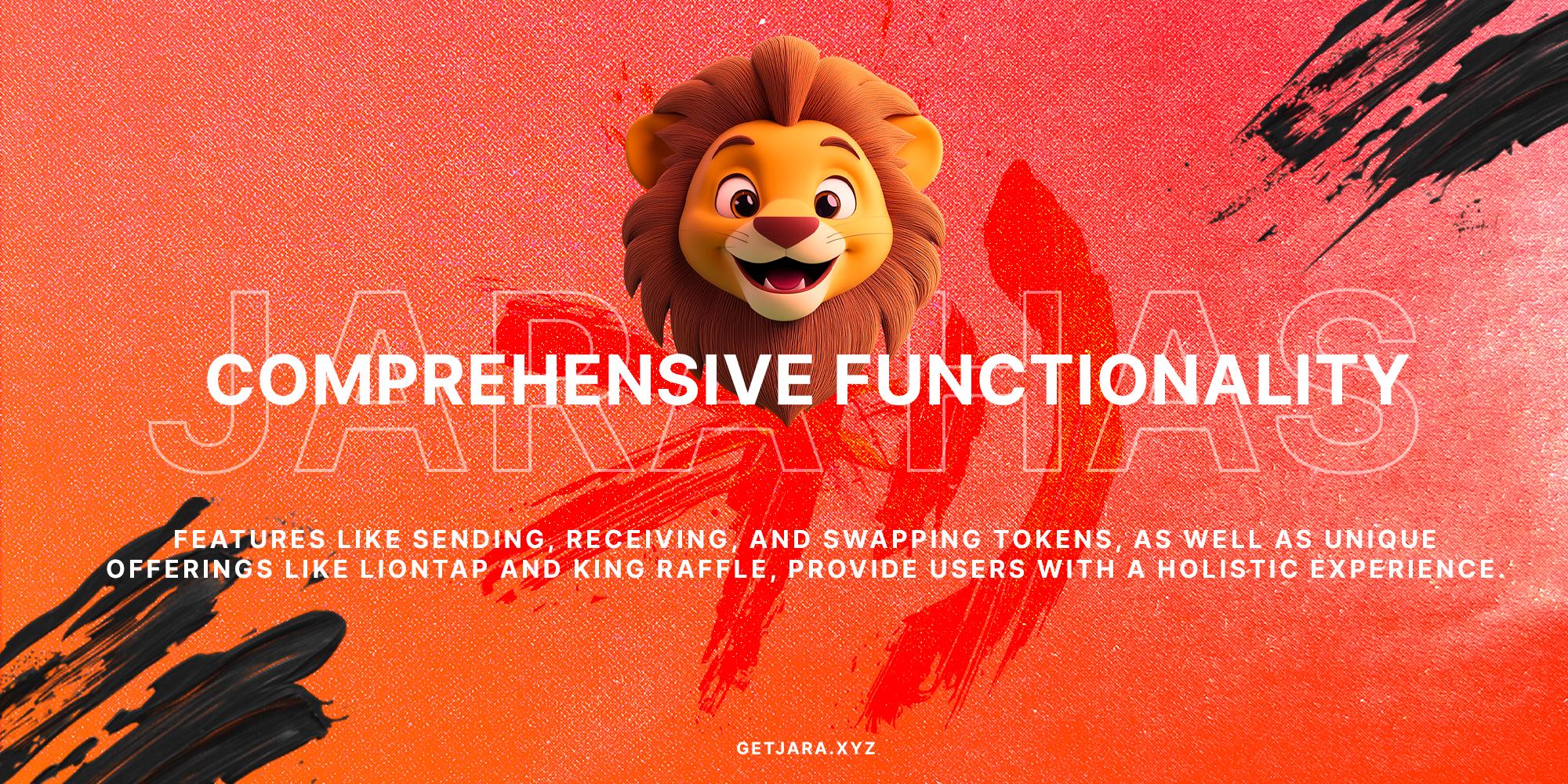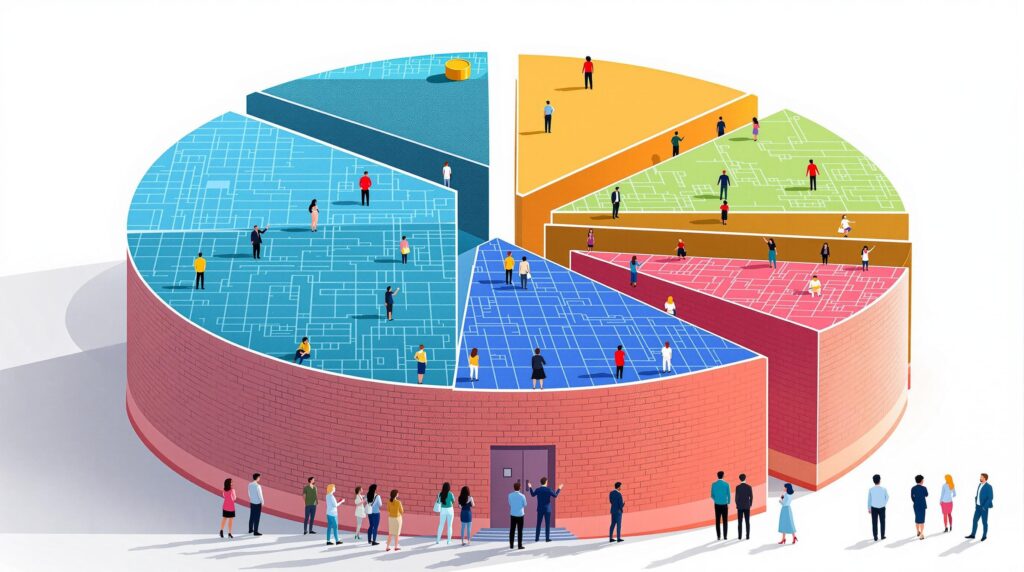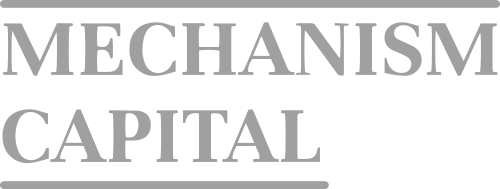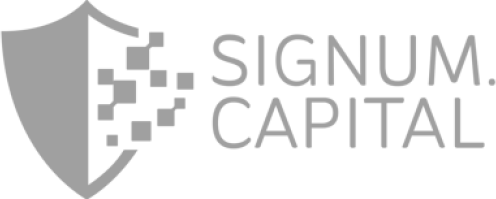Understanding Fractional Ownership and Tokenization
Fractional ownership and tokenization have emerged as transformative forces in the investment landscape. By leveraging blockchain technology, this model allows high-value assets to be divided into digital tokens representing fractional ownership. This section will delve into how fractional ownership through tokenization is lowering barriers to entry and democratizing access to investment opportunities.
Definition and Key Concepts
Fractional ownership is an innovative investment strategy that allows multiple individuals to own a piece of a high-value asset. But how exactly does this work in the context of blockchain technology? Let’s find out.
What is fractional ownership in blockchain? Fractional ownership in blockchain is the concept of dividing an asset into digital tokens, enabling investors to purchase a share of the asset.
By using tokenization, assets such as real estate, art, and even luxury goods can be broken down into smaller, ownership units. These units, known as tokens, represent a fraction of the asset’s total value and provide investors with a share of ownership. This effectively reduces the financial barrier, opening up opportunities previously only available to wealthy individuals.
For example, consider owning a piece of the iconic Lagos airport through Jara’s tokenization platform. Tokenization allows the asset’s value to be distributed among multiple stakeholders, offering access to the airport’s revenues without needing to own it outright.
“Unlocking the Future to Africa’s Crypto Ecosystem” – Jara is paving the way for global investors to participate in Africa’s burgeoning digital asset economy.
Moreover, tokenization enhances the liquidity of traditionally illiquid assets by allowing them to be traded quickly and efficiently on various blockchain exchanges. This not only provides flexibility to investors but also introduces a higher degree of transparency and security through blockchain’s immutable ledger.
In essence, fractional ownership and tokenization work hand-in-hand to reshape the financial landscape. Through platforms like Jara’s real estate tokenization projects, individuals can now access a wide range of investment opportunities with minimal capital, making this revolutionary approach more inclusive and accessible to a broader audience.
- Enhanced Liquidity: Tokenized assets can be traded swiftly, reducing the time and effort needed to cash out investments.
- Lowered Barriers to Entry: By breaking down assets into smaller, affordable units, tokenization makes high-value investments accessible to everyone.
- Global Access: Blockchain eliminates geographical barriers, enabling participation from worldwide investors.
The potential of fractional ownership extends beyond real estate. With projects targeting fine art, commodities, and luxury goods, tokenization is driving the democratization of markets. For instance, tokenizing commodities such as gold and silver allows individual investors to enjoy the security and stability these assets provide without needing large capital to do so.
In conclusion, the rise of fractional ownership and tokenization is transforming how we perceive and access investment opportunities. By making high-value assets more accessible, these technologies are leveling the playing field, allowing more people to partake in economic growth and prosperity.
Discover Jara’s ecosystem and explore the possibilities of investing in tokenized securities and utility tokens shaping Africa’s future financial landscape.
Are you ready to dive into this evolving world of investment? With fractional ownership and tokenization, the future is truly in your hands.
The Benefits of Tokenization for Investors
Tokenization is revolutionizing the investment landscape by bringing about a myriad of benefits for investors. This innovative approach provides improved liquidity, reduced transaction costs, and increased market flexibility, among other advantages. Through tokenization, investors can easily access a wider range of asset classes, which were once only available to institutional and high-net-worth investors.
Enhanced Market Access and Liquidity
How does tokenization enhance market access and liquidity? By converting physical assets into digital tokens, it allows for fractional ownership, making it possible for investors to buy fractions of high-value assets. This process significantly boosts market liquidity as it empowers more investors to participate in trading these assets.
What is liquidity? Liquidity refers to the ease with which an asset can be bought or sold in a market without affecting its price. Tokenized assets improve liquidity by allowing fractions of assets to be traded more frequently and efficiently.
By enabling fractions of traditional assets like real estate, art, and even infrastructure projects to be tokenized, investors can gain exposure to these assets without needing large amounts of capital. Real estate tokenization, for example, allows for greater market engagement as investors can now own a portion of a property instead of needing to purchase the whole asset. This opens up opportunities for diversification across asset classes, thus offering enhanced market flexibility.
“Jara – Unlocking the Future to Africa’s Crypto Ecosystem.”
Imagine wanting to invest in high-value art or real estate but not having enough money to buy the whole piece. This is where tokenization comes in handy. It allows you to own a slice of the asset, similar to owning a slice of a large pizza instead of the whole pie. This concept is particularly vital in African markets, where the tokenization of real-world assets is fostering greater financial inclusion and economic empowerment.
In summary, tokenization offers substantial benefits, transforming how investors interact with high-value assets by improving accessibility, enhancing liquidity, and enabling greater participation in global markets. For those looking to diversify their investment portfolios, tokenization opens up new avenues previously reserved for the affluent few.
Ready to explore the vast opportunities available through tokenization? Discover more about how tokenization enhances liquidity and reshapes the investment horizon beyond traditional confines.
The content is structured using HTML, ensuring it’s ready for WordPress integration with clean coding and mobile responsiveness. The information provided highlights the benefits of tokenization, specifically focusing on enhanced market access and liquidity, and includes internal links to related topics for further reading.
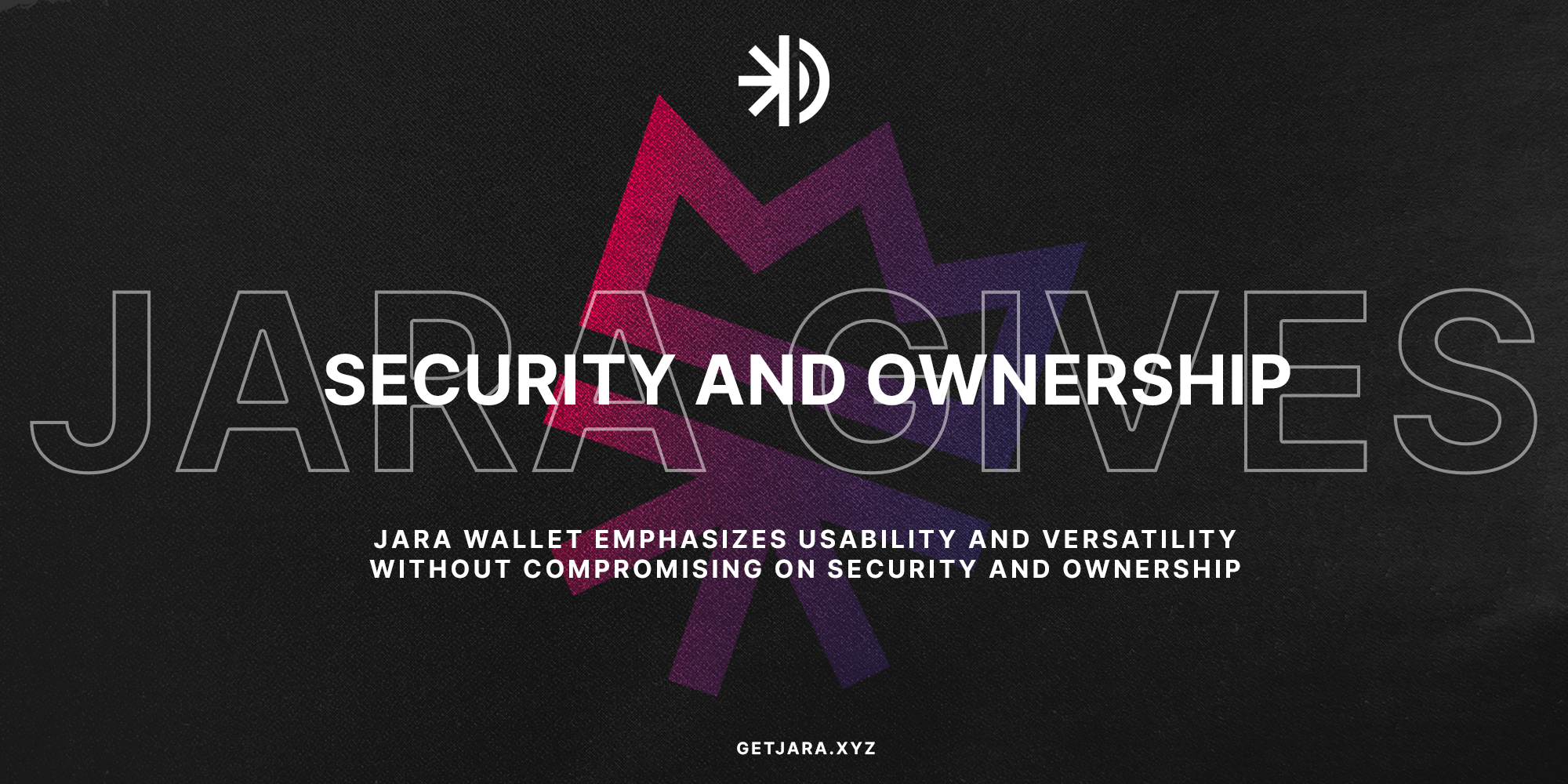
Blockchain Technology and Its Role in Tokenization
Imagine being able to invest in a fraction of a beachfront property or a piece of fine art without needing immense capital. That’s what blockchain technology makes possible through asset tokenization. It’s revolutionary because it takes previously illiquid assets and transforms them into tradable digital tokens, enabling anyone to participate in high-value markets. But how exactly does blockchain play this crucial role in tokenization?
Blockchain acts as the backbone by providing a decentralized ledger that ensures all transactions are recorded transparently and securely. This cutting-edge technology enhances both the security and efficiency of trading tokenized assets, facilitating seamless cross-border transactions. But blockchain’s advantages don’t stop there. It’s the trust, transparency, and automation capabilities provided by blockchain that make tokenization a game-changer.
Smart Contracts and Security
In the realm of digital transactions, smart contracts are a game-changing component. These self-executing contracts simplify and automate complex processes, ensuring secure and efficient transactions without relying on intermediaries. This is crucial in tokenization because it allows for real-time processing and compliance checks, which were traditionally handled manually.
What are smart contracts? Smart contracts are self-executing contracts with the terms of the agreement directly written into code, ensuring trust and reducing the potential for fraud.
By using smart contracts on platforms like Ethereum, asset transactions become not only faster but also more reliable. These contracts automatically enforce the rules and conditions agreed upon by the parties, such as ownership transfers or dividend payouts. This automation minimizes human error and enhances transparency, which is vital when dealing with high-value investments.
Furthermore, AI-powered smart contracts are pushing the boundaries even further. These contracts can adapt and make decisions based on real-world data, significantly increasing the automation and efficiency of blockchain transactions. Imagine a world where your investment decisions are informed and executed at lightning speeds without the cumbersome paperwork traditionally required!
With smart contracts, security is paramount. They reduce the risk of fraud by executing and enforcing agreements automatically. By leveraging blockchain’s inherent security features, these contracts make tokenized transactions some of the safest in the financial realm. This level of security is crucial for reducing fraud in asset transactions, especially in markets that are just opening up to a global audience, like Africa.
Blockchain and smart contracts are more than technological advancements; they are the keys to unlocking broader asset ownership access and democratizing investments across different markets. With this newfound efficiency and security, investors can confidently engage in the fractional ownership of tokenized real-world assets, from real estate to fine art, making them truly accessible to all.
This HTML content is structured to seamlessly integrate into WordPress via Zapier, optimized for SEO with the inclusion of target keywords, strategic callouts, and appropriate links for enhanced reader engagement and search engine ranking.
Real-World Applications and Future Prospects
The practical applications of fractional ownership and tokenization are vast, spanning various industries, including real estate, art, and commodities. This section will highlight current use cases and speculate on future trends in this evolving field.
Industries Embracing Tokenization
Tokenization is revolutionizing industries by making high-value assets more accessible and enhancing liquidity. Here, we’ll delve into how different sectors are adopting this technology:
- Real Estate: The real estate sector is one of the most significant benefactors of tokenization. By converting properties into digital tokens, it becomes possible to engage in fractional property ownership. This allows smaller investors to own shares in commercial and residential properties without the need for substantial capital.
- Fine Art and Collectibles: Tokenizing art pieces enables multiple investors to own fractions of high-value artworks, making it feasible for those who otherwise couldn’t afford such investments. Companies like Maecenas and Myco are pioneering this approach, making the art market more inclusive.
- Commodities: Commodities such as gold, silver, and oil can also be tokenized. This process involves dividing these physical assets into fractions, allowing for easier trading and broader investor participation. Meld Gold and other platforms are already laying the groundwork for this transformation.
- Intellectual Property: By tokenizing intellectual property rights like patents and copyrights, creators can gain liquidity and retain control over their works. This process also opens up opportunities for investors to access new financial products linked to the success of artistic or technological advancements.
- Financial Instruments: The tokenization of stocks and bonds simplifies access to financial markets. It enhances liquidity and provides investors with new avenues for portfolio diversification and risk management.
Tokenization is not just about transforming industries; it’s about making traditionally exclusive markets accessible to a broader array of investors.
As tokenization technology continues to develop, its applications and benefits are expected to grow exponentially. The integration of blockchain technology with smart contracts offers a new dawn for more transparent and efficient asset transactions.
Looking Ahead: Future Trends in Tokenization
With the rapid advancement of technology, the prospects for tokenization are brighter than ever. Below are some future trends we can anticipate in this field:
- Increased Adoption: As awareness and understanding of tokenization expand, more industries will adopt this method for asset management. The financial sector, in particular, is set to tap into this potential.
- Regulatory Developments: Governments worldwide are establishing frameworks to streamline regulatory compliance in tokenization. This paves the way for safer investment environments, ultimately boosting investor confidence.
- Expansion of Secondary Markets: As tokenization becomes mainstream, secondary markets will flourish, providing increased liquidity and new opportunities for investors to trade tokenized assets.
What is a Secondary Market? A secondary market is a marketplace where existing tokenized assets are traded between investors, enabling increased liquidity and trading flexibility.
- Technological Advancements: Innovations in blockchain technology will enhance tokenization processes. Developments like zero-knowledge proofs and interoperability protocols promise to increase security and integrate the global marketplace more effectively.
Platforms like Jara are pioneering efforts in Africa’s digital transformation, bridging global capital with African assets. The rise of tokenization signifies a new era where financial inclusion and economic empowerment become accessible to a broader spectrum of investors.
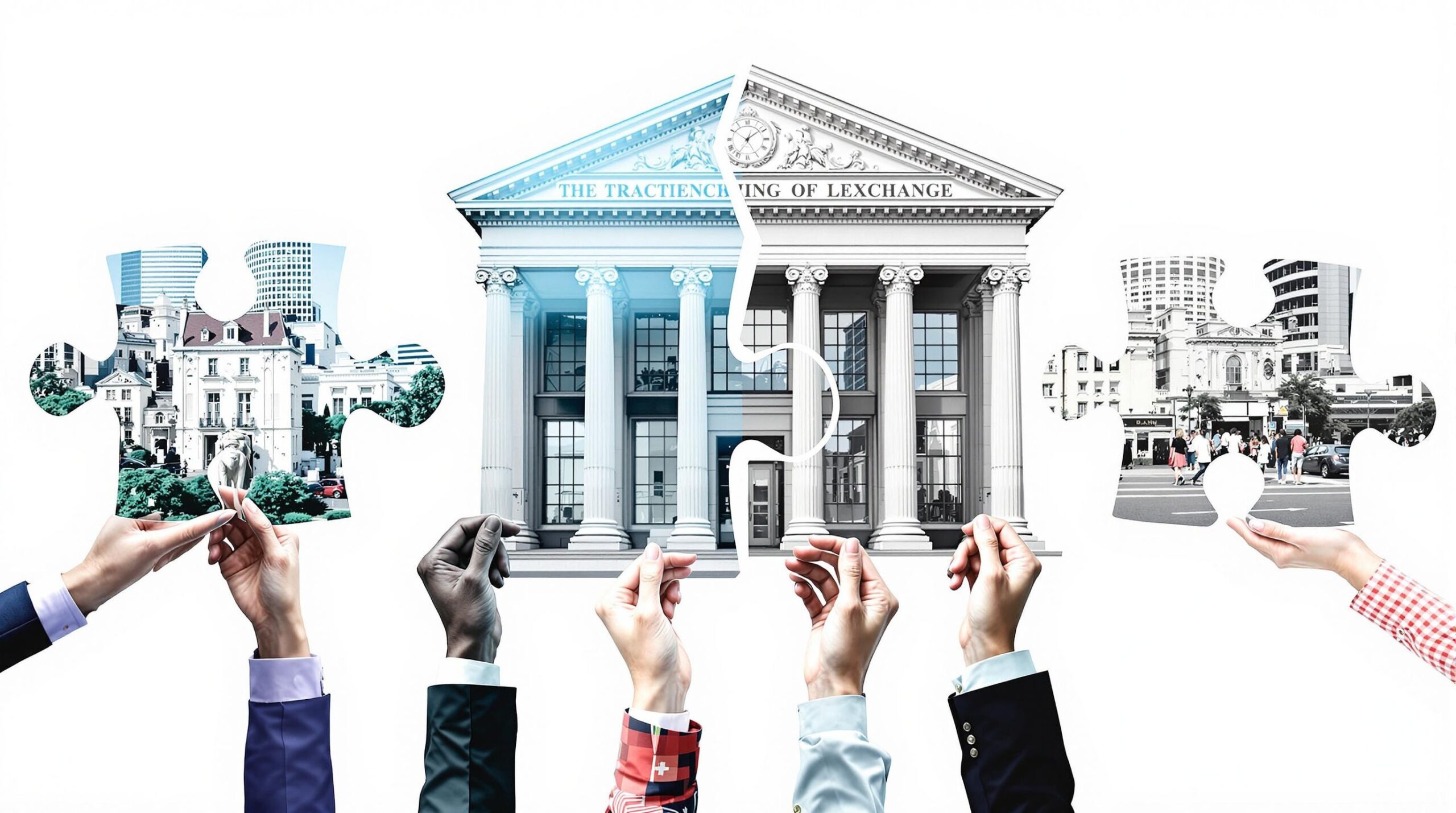
What is fractional ownership?
Fractional ownership is a method of ownership where multiple individuals own a share of a high-value asset. This means each owner holds a fraction of the asset, allowing them to benefit from its use and potential revenue. This concept has gained traction due to its potential to democratize investment opportunities.
Fractional ownership is a method of ownership where multiple individuals own a share of a high-value asset. This means each owner holds a fraction of the asset, allowing them to benefit from its use and potential revenue. This concept has gained traction due to its potential to democratize investment opportunities.
How does tokenization enhance liquidity?
Tokenization enhances liquidity by dividing large, high-value assets into smaller, tradable units called tokens. These tokens can be easily bought and sold on blockchain platforms, making it simpler for investors to enter and exit investments without the traditional constraints and costs of buying entire assets.
Tokenization enhances liquidity by dividing large, high-value assets into smaller, tradable units called tokens. These tokens can be easily bought and sold on blockchain platforms, making it simpler for investors to enter and exit investments without the traditional constraints and costs of buying entire assets.
What are the risks of investing in tokenized assets?
Investing in tokenized assets carries certain risks, including market volatility, regulatory uncertainty, and technological risks related to blockchain security. It is essential for investors to conduct thorough due diligence and stay informed about the regulatory landscape. Our firm can provide guidance to navigate these complexities effectively.
Investing in tokenized assets carries certain risks, including market volatility, regulatory uncertainty, and technological risks related to blockchain security. It is essential for investors to conduct thorough due diligence and stay informed about the regulatory landscape. Our firm can provide guidance to navigate these complexities effectively.
Why is blockchain important for tokenization?
Blockchain is crucial for tokenization as it provides a secure, transparent, and immutable ledger that records all transactions. This technology ensures that tokenized assets are securely transferred and trackable, reducing the chance for fraud and increasing transparency for investors.
Blockchain is crucial for tokenization as it provides a secure, transparent, and immutable ledger that records all transactions. This technology ensures that tokenized assets are securely transferred and trackable, reducing the chance for fraud and increasing transparency for investors.
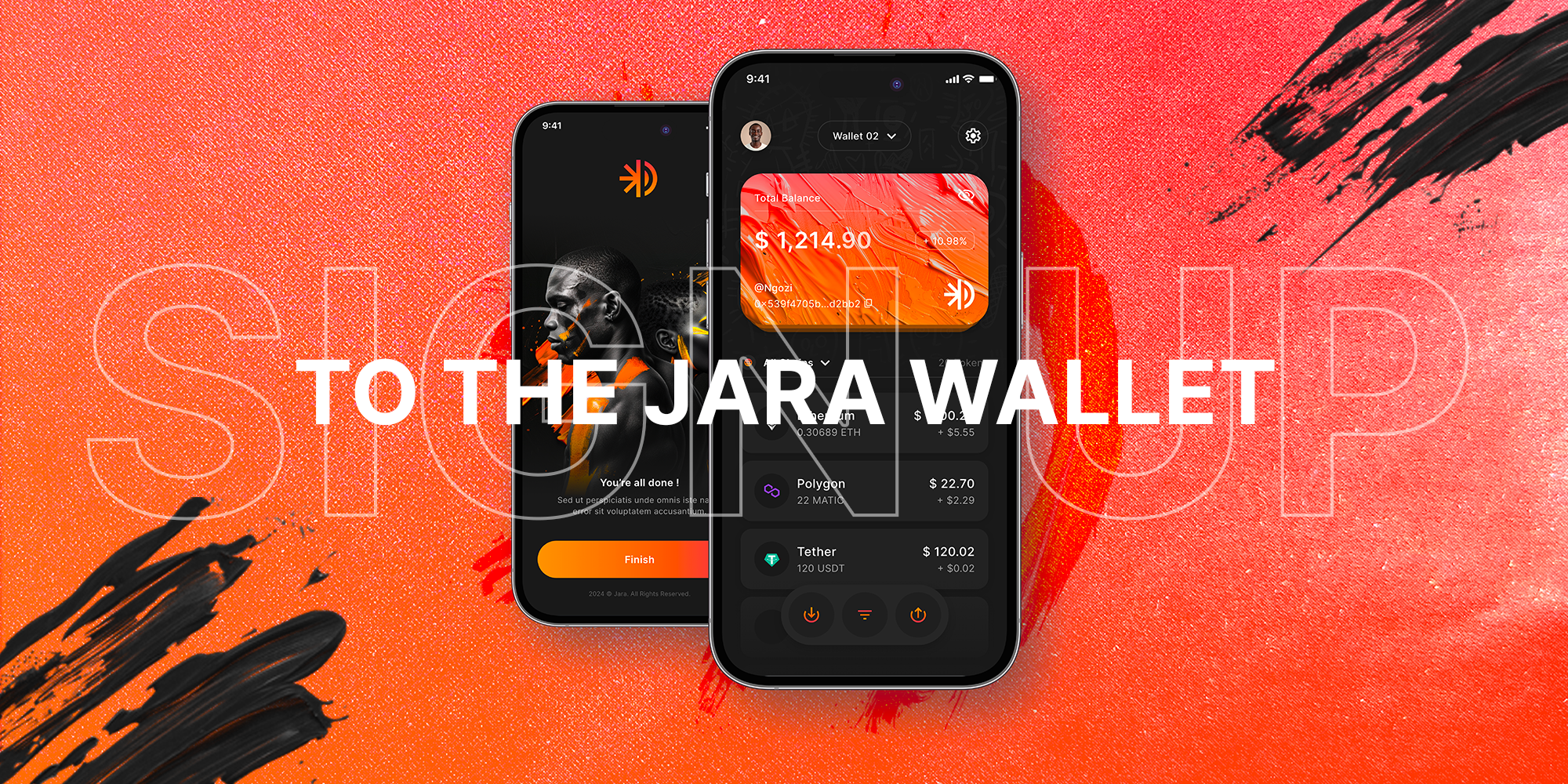
Related Articles
Explore these related articles to gain further insights into the dynamic world of tokenization and fractional ownership:

Unlock the Future of Investment with the Jara Wallet
Ready to explore new investment horizons? With $JARA: Bridging Global Capital to African Assets, you can dive into the world of fractional ownership and tokenization. Discover a more accessible way to invest in real-world assets with the Jara Wallet.
Experience first-hand how tokenized investments can pave your way to diversified asset holdings. It’s more than just an app; it’s your gateway to a global economy. Interested?
- Download the Jara Wallet App: Your digital portal to smarter investments. Available on:
Google Play for Android,
App Store for iPhone. - Connect with Us: Stay updated with the latest in tokenization and investment insights by following us on social media. Join our community and be part of the movement that’s reshaping investment landscapes.
Understanding Worker’s Compensation Claims
Worker’s compensation claims are a critical aspect of employment law, ensuring that employees who are injured on the job receive necessary benefits. Navigating these claims can be complex, so it is important to understand the basics and seek legal counsel when needed.
What is Worker’s Compensation?
Worker’s compensation is a form of insurance that provides wage replacement and medical benefits to employees injured during employment, in exchange for mandatory relinquishment of the employee’s right to sue their employer for negligence.
KEY POINT: Worker’s compensation aims to cover medical expenses, lost wages, and rehabilitation costs.
Filing a Worker’s Compensation Claim
- Report the Injury: Notify your employer of the injury as soon as possible.
- Seek Medical Attention: Get prompt medical care from an approved provider.
- Complete Necessary Forms: Fill out and submit the required paperwork to your employer or their insurance carrier.
Common Types of Worker’s Compensation Benefits
| Benefit Type | Description |
|---|---|
| Medical Benefits | Coverage for medical treatment related to the injury. |
| Temporary Disability Benefits | Compensation for lost wages during recovery. |
| Permanent Disability Benefits | For lasting impacts that affect work ability. |
| Vocational Rehabilitation | Assistance to help workers return to the workforce. |
Challenges in Worker’s Compensation Claims
- Denial of Claim: Understand common reasons for denial and steps to appeal.
- Delayed Payments: Know your rights regarding timely benefits.
- Dispute Over Benefits: Seek legal assistance if there’s a disagreement over the benefit amount.
“Your Voice, Our Mission” – we champion your rights with the tenacity and dedication that has earned us the trust of our community members.
Why Seek Legal Assistance
Pursuing a worker’s compensation claim can be challenging, and the process is often fraught with bureaucratic hurdles. A skilled attorney can provide guidance, help secure the benefits you deserve, and navigate disputes effectively.
NOTE: Hiring an experienced lawyer can improve the chances of a successful claim and ensure all legal steps are properly followed.
